Staff members are at the forefront of medical technologies and innovation, task forces, methods and vaccines in the making, working to protect the spread of the COVID-19 virus.
Article published at www.thejewishvoice.com on April 01, 2020.
 Researchers on the COVID-19 response effort at Ben-Gurion University of the Negev, from left: Professor Angel Porgador, deputy vice president for research and development; Dr. Roi Gazit; and Avishay Edrir, March 2020. Photo Credit: Dani Machlis/BGU.
Researchers on the COVID-19 response effort at Ben-Gurion University of the Negev, from left: Professor Angel Porgador, deputy vice president for research and development; Dr. Roi Gazit; and Avishay Edrir, March 2020. Photo Credit: Dani Machlis/BGU.
Israeli universities and institutes—and their affiliated academics, researchers, doctors, scientists and students—are leading the fight against the coronavirus. Ben-Gurion University of the Negev, the Technion‒Israel Institute of Technology, Rambam Health Care Campus, Migal Galilee Research Institute and the Sheba Medical Center are each at the forefront of medical technologies and innovation, task forces, methods and vaccines in the making that are working to protect the spread of the COVID-19 virus that has become a global pandemic over the last few months.
 A researcher at the Technion-Israel Institute of Technology in Haifa on Feb. 19, 2019. Photo: Hadas Parush/Flash90.
A researcher at the Technion-Israel Institute of Technology in Haifa on Feb. 19, 2019. Photo: Hadas Parush/Flash90.
Ben-Gurion University of the Negev (Beersheva)
Ben-Gurion University of the Negev’s president Professor Daniel Chamovitz recently announced a task force to “harness the university’s vast brain power, research skills and ingenuity to help cope with the coronavirus pandemic,” maintaining that it is “our moral obligation to contribute to coping with this pandemic.”
In a meeting attended by 50 scientists from diverse departments within the university, ideas were presented and the task force broke into several groups working on the most promising projects and collaborations, including self-sterilizing facemasks, medical emergency drones, a coronavirus test that could take just five minutes using chip technology, and a telemedicine and remote triage system.
“BGU is working to be the leading university in Israel in providing a comprehensive multidisciplinary coronavirus response effort,” said Doug Seserman, CEO of the American Associates of Ben-Gurion University of the Negev.
Professor Nadav Davidovitch, director of the School of Public Health at Ben-Gurion University of the Negev, shared his optimism with JNS that “this is not Armageddon, and these situations can lead to innovation.”
“Since we have national health insurance, we have excellent electronic records and integration between clinic and community,” he added.
“Israel has been preparing for this kind of event for at least two decades with the establishment of an epidemiological response and intervention team,” said Davidovitch. “We have a very strong system for lab testing, a strong surveillance system for influenza outbreaks and a strong public health system well-trained to do epidemiological investigations.”
 View of the Haifa Bay from the campus of the Technion-Israel Institute of Technology in the Israeli city of Haifa, Feb. 19, 2019. Photo by Hadas Parush/Flash90.
View of the Haifa Bay from the campus of the Technion-Israel Institute of Technology in the Israeli city of Haifa, Feb. 19, 2019. Photo by Hadas Parush/Flash90.
Technion‒Israel Institute of Technology and Rambam Health Care Campus (Haifa)
Researchers at Israel’s Technion–Israel Institute of Technology and Rambam Health Care Campus have successfully tested a new method called “pooling,” which they claim will dramatically increase the country’s ability to test for COVID-19 efficiently.
Enabling simultaneous testing of dozens of samples, according to the researchers, the method will greatly accelerate the rate of COVID-19 testing and detection. Only in rare cases where the joint sample is found to be positive will individual test be needed for each of the specific samples.
Applying the test when the frequency of infection in the population is low, Idan Yelin, a researcher in the Technion Faculty of Biology, told JNS, will “allow for identifying infection cases very early on, before an outbreak is apparent.”
“The great thing about this method is that it can be used immediately,” he said, as “it uses the same equipment and kits that are being used routinely, while conserving scarce reagents.”
“Many people throughout the world found our method interesting and have contacted us,” added Yelin.
“As far as we know, this method is not currently being used anywhere [else],” he further maintained, noting that “the idea itself is not new; it is just that a proof of concept was lacking.”
“We showed that it works for this virus with the commonly used test and believe that implementing it can be extremely useful in the months to come for pandemic surveillance,” he continued, “both for identifying the scope of infection in the wide community and for routine monitoring of populations at risk.”
 A view of a laboratory at the Migal Galilee Research Institute. A newly developed Israeli vaccine for coronavirus will likely be ready for testing in less than 10 weeks, said Migal’s CEO David Zigdon.
A view of a laboratory at the Migal Galilee Research Institute. A newly developed Israeli vaccine for coronavirus will likely be ready for testing in less than 10 weeks, said Migal’s CEO David Zigdon.
Migal Galilee Research Institute (Kiryat Shmona, Israel)
A newly developed Israeli vaccine for coronavirus will likely be ready for testing in less than 10 weeks, said Migal Galilee Research Institute’s CEO David Zigdon.
Funded by the Israel’s Ministry of Science and Technology and in cooperation with Israel’s Ministry of Agriculture, the research institute has been working for four years towards a vaccine that can be adapted for various viruses, which is now being focused to create a vaccine against COVID-19, the human strain of coronavirus.
According to the institute, this possibility was identified as a byproduct of Migal’s development of a vaccine against IBV (Infectious Bronchitis Virus), a disease affecting poultry. Now, Migal has made required genetic adjustments to adapt the vaccine to COVID-19, and is working to achieve the safety approvals that will enable in-vivo testing.
According to Zigon, the institute’s goal is to produce the vaccine during the next seven to nine weeks, and to achieve safety approval in another few weeks.
“This will be an oral vaccine, making it particularly accessible to the general public,” he said in a press release. “We are currently in intensive discussions with potential partners that can help accelerate the in-human trials phase and expedite the completion final product development and regulatory activities.”
Sheba Medical Center at Tel Hashomer (Ramat Gan)
Rated among the 10 best hospitals in the world in 2020 by Newsweek, experts at Israel’s Sheba Medical Center are currently on the frontlines of the coronavirus pandemic with doctors who have innovated telemedicine in treating the virus, while protecting medical staff and setting the standard of care for telemedicine during this time.
“Sheba Medical Center has emerged as a global leader when it comes to telemedicine in the fight against this pandemic,” Dr. Galia Barkai, head of telemedicine at Sheba Medical Center, told JNS.
Barkai laid out the three main ways Sheba is using telemedicine to treat and save patients, while protecting vital health-care workers. First, the facility is “transitioning standard services, such as outpatient care, to virtual visits.”
Secondly, Sheba is using telemedicine to support isolated coronavirus patients in a special facility. “We have created a new standard that has now become a national standard in Israel,” she said. “We do this via telemedicine kits containing innovative technology patients can use at home, which report to doctors in real time.”
The third, she continued, is for critically ill patients. “We designed our new dedicated COVID-19 Critical Care ICU so that nurses and physicians can treat the patient continuously at a safe distance, using various methods such as AI [artificial intelligence] to predict patient deterioration, robotics and even a minicar that allow them to get close to the patients.”
“It was only possible to implement these new services so quickly at Sheba because we have been working on advanced telemedicine capabilities for years,” said Barkai. “This allowed us to scale quickly at the moment of crisis.”
While it’s not “brand-new technology” Sheba is inventing, explained Barkai, the medical center excels at leveraging existing technology and embedding it in their workflow, setting a new standard of care for hospitals and medical centers around the world.
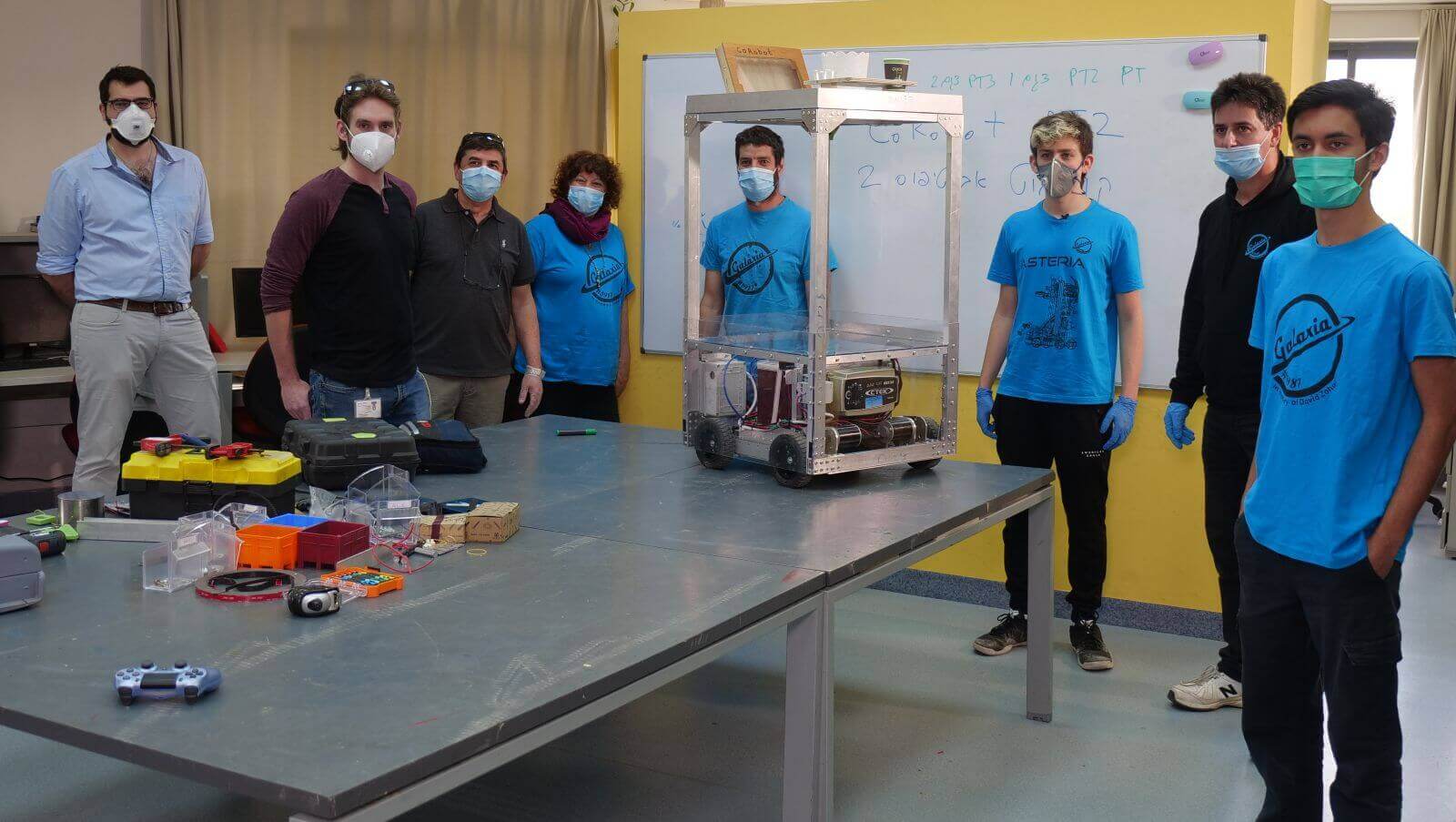 The Reali School’s robotics club and alumni with their CoRobot robotic prototype. Photo courtesy of Technion Spokesperson’s Office
The Reali School’s robotics club and alumni with their CoRobot robotic prototype. Photo courtesy of Technion Spokesperson’s Office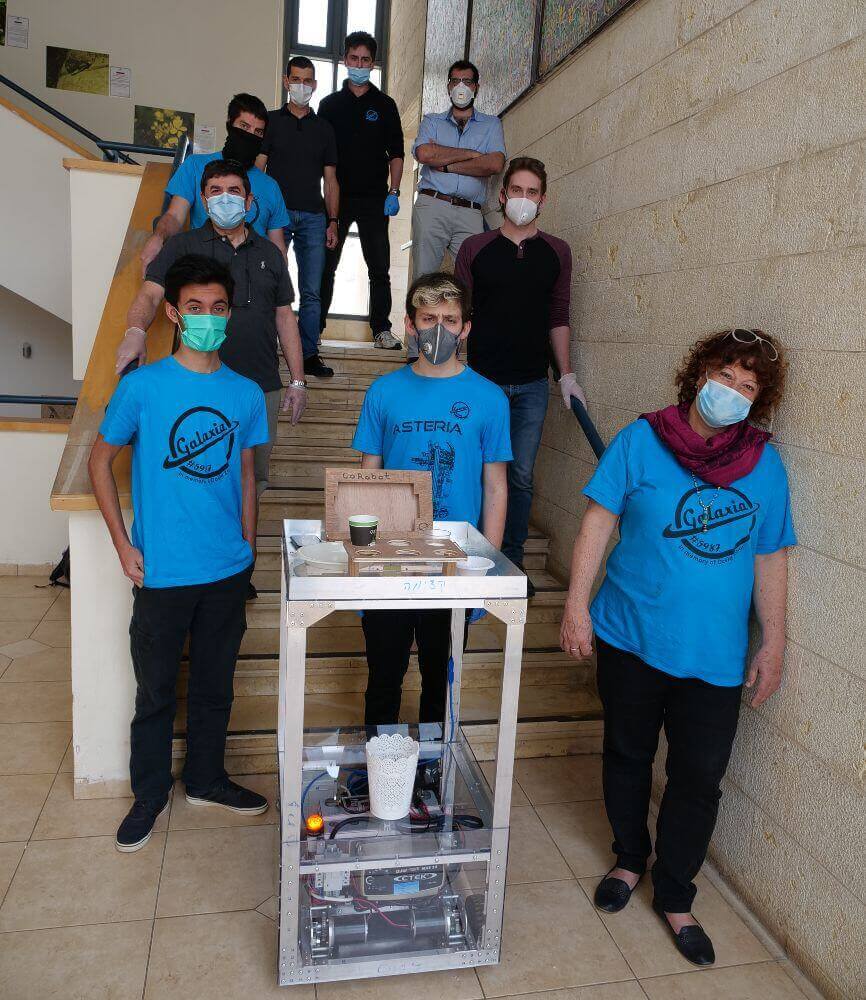 CoRobot can transport supplies to patients while minimizing the need for human medical staff to enter infectious wards. Photo courtesy of Technion Spokesperson’s Office
CoRobot can transport supplies to patients while minimizing the need for human medical staff to enter infectious wards. Photo courtesy of Technion Spokesperson’s Office

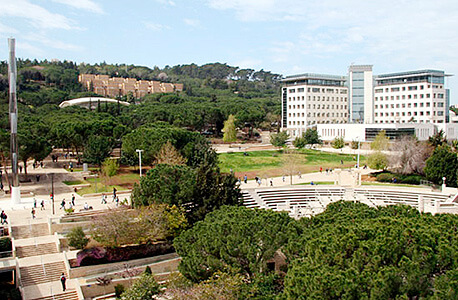
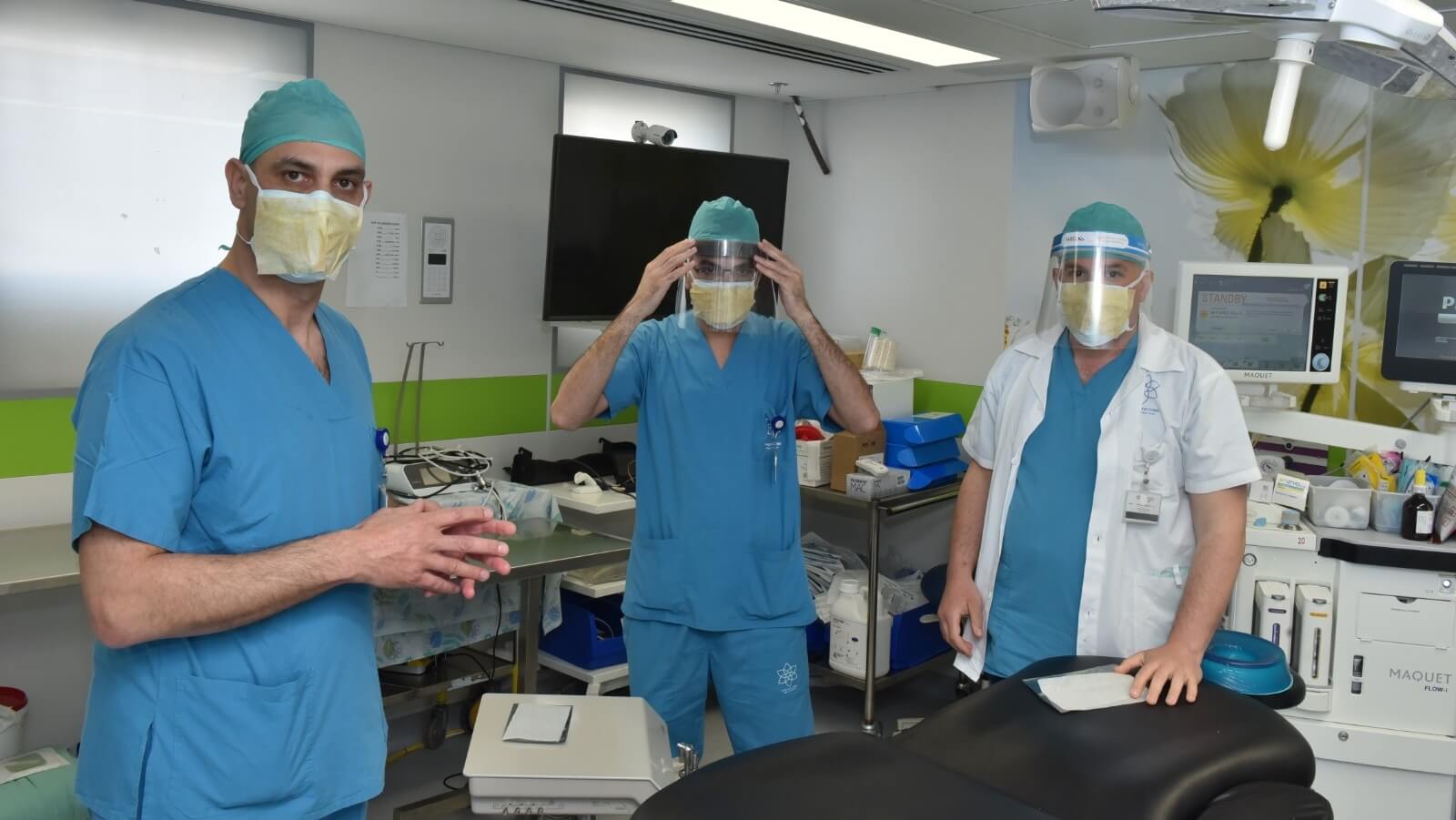
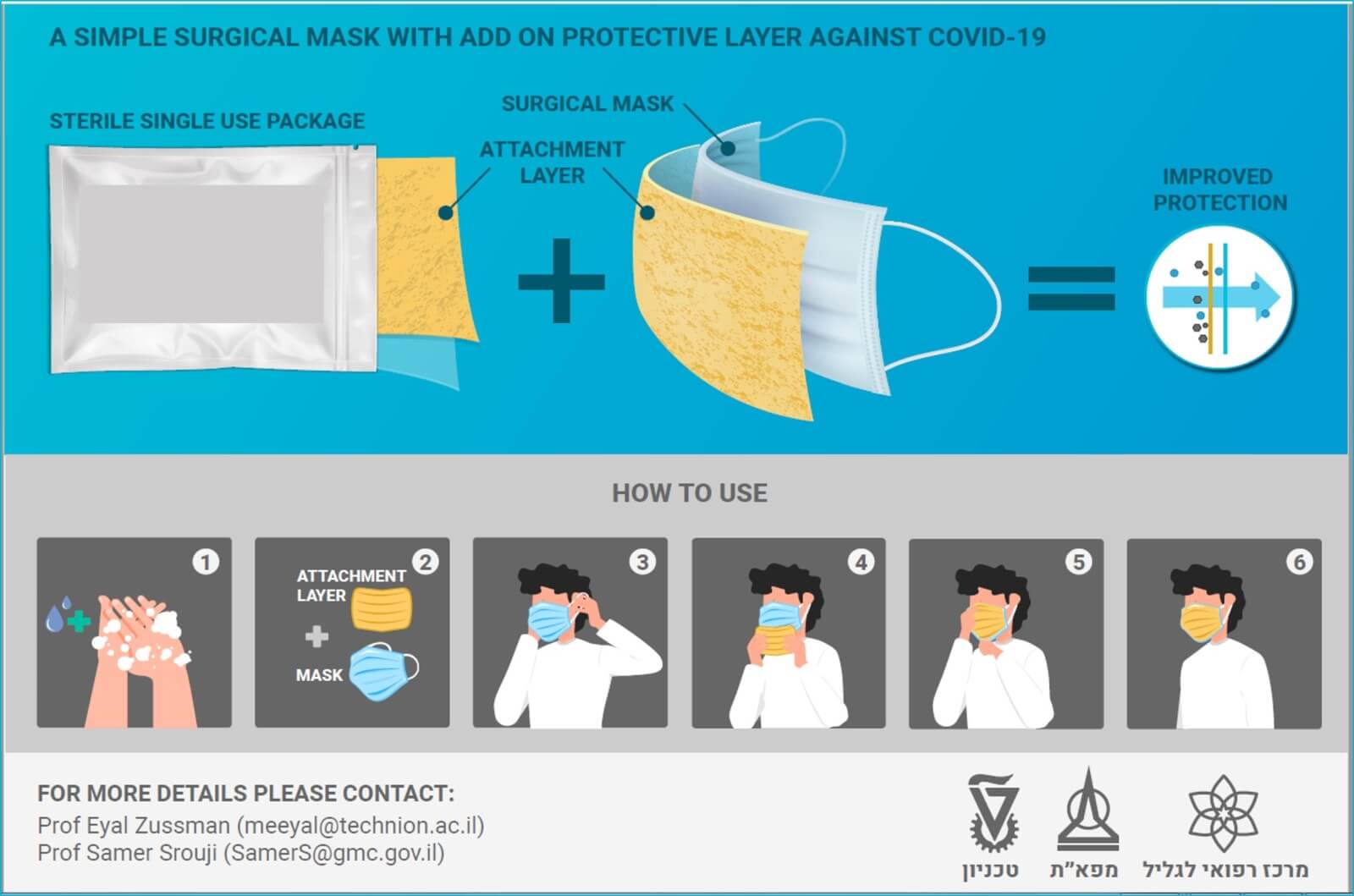
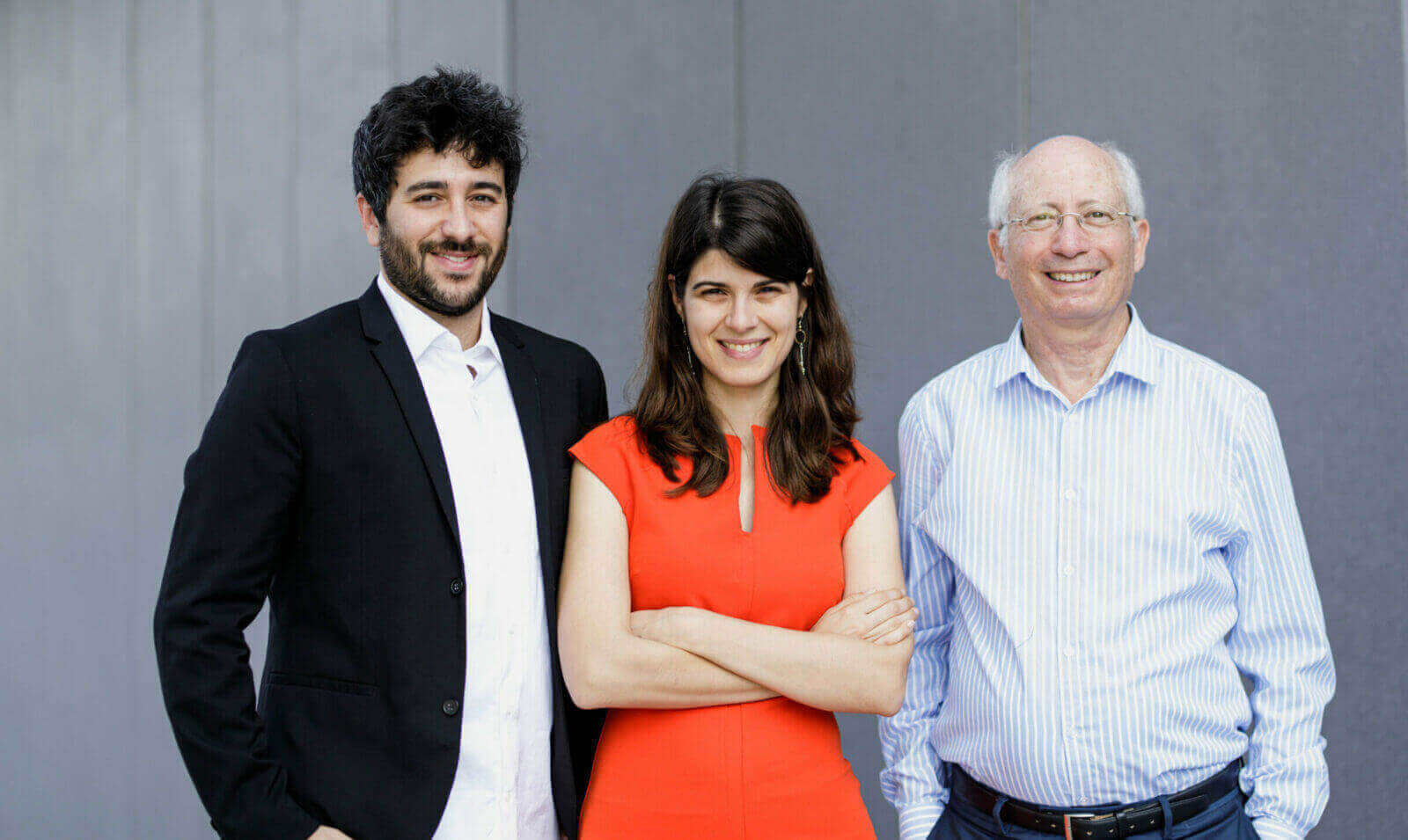
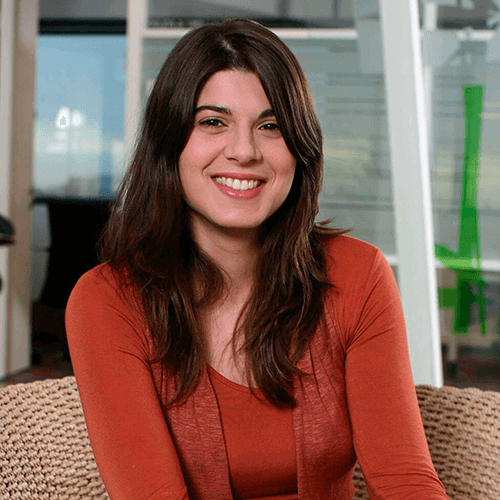 Kira Radinsky
Kira Radinsky
 A researcher at the Technion-Israel Institute of Technology in Haifa on Feb. 19, 2019. Photo: Hadas Parush/Flash90.
A researcher at the Technion-Israel Institute of Technology in Haifa on Feb. 19, 2019. Photo: Hadas Parush/Flash90. View of the Haifa Bay from the campus of the Technion-Israel Institute of Technology in the Israeli city of Haifa, Feb. 19, 2019. Photo by Hadas Parush/Flash90.
View of the Haifa Bay from the campus of the Technion-Israel Institute of Technology in the Israeli city of Haifa, Feb. 19, 2019. Photo by Hadas Parush/Flash90. A view of a laboratory at the Migal Galilee Research Institute. A newly developed Israeli vaccine for coronavirus will likely be ready for testing in less than 10 weeks, said Migal’s CEO David Zigdon.
A view of a laboratory at the Migal Galilee Research Institute. A newly developed Israeli vaccine for coronavirus will likely be ready for testing in less than 10 weeks, said Migal’s CEO David Zigdon.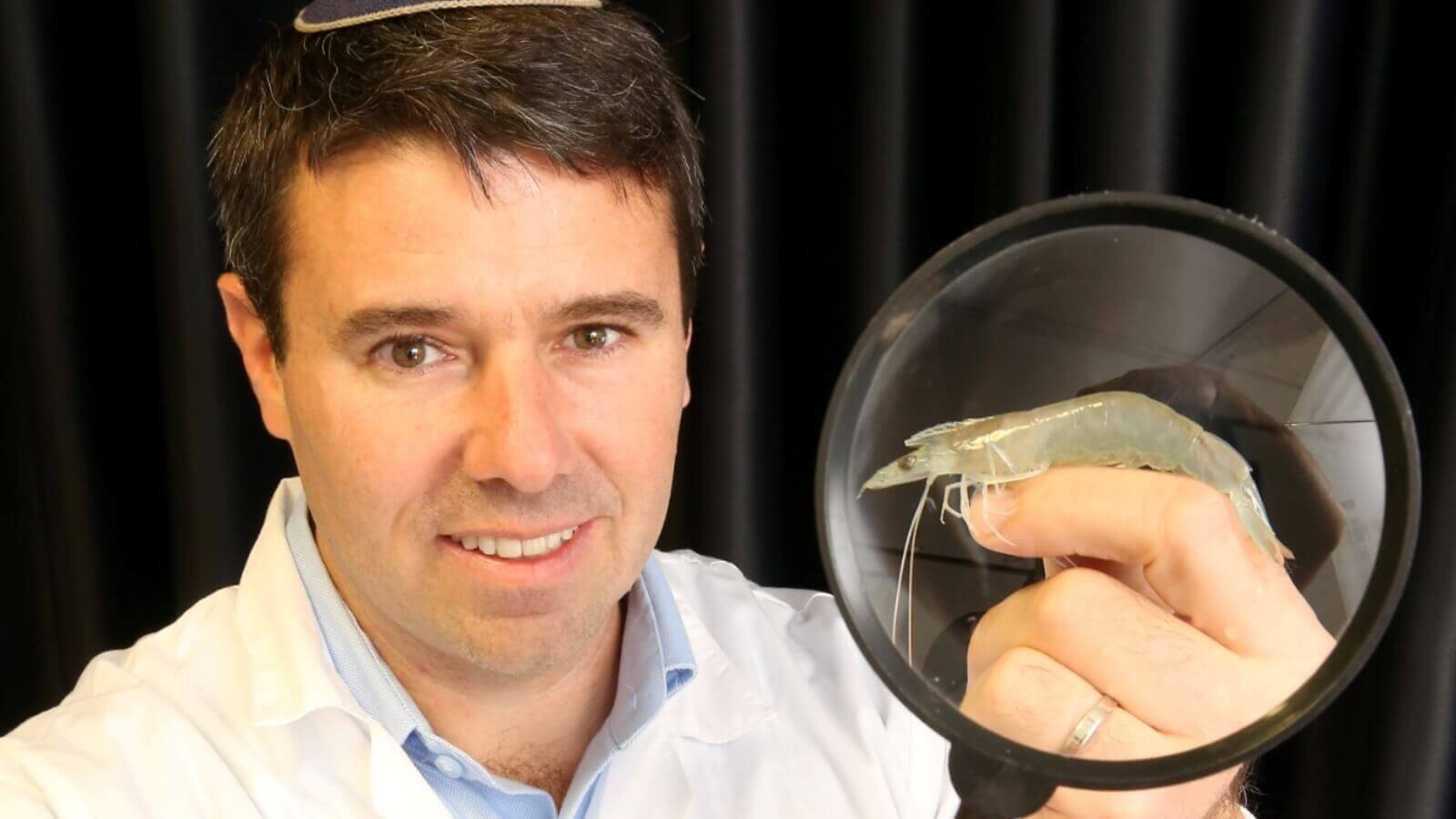
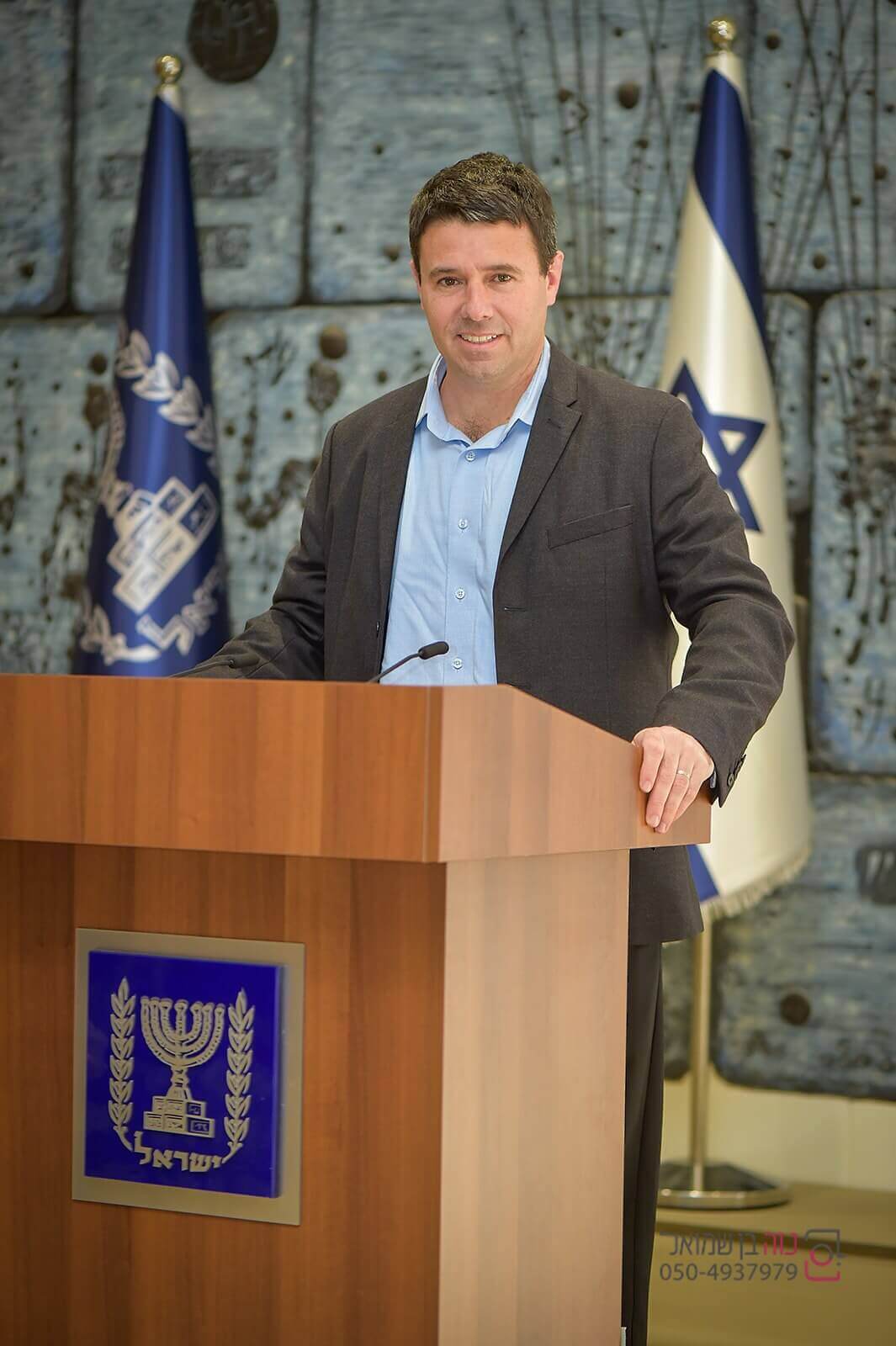 Technion researcher Dr. Avi Schroeder is advising the Home Front Command on dealing with coronavirus. Photo courtesy of the Technion
Technion researcher Dr. Avi Schroeder is advising the Home Front Command on dealing with coronavirus. Photo courtesy of the Technion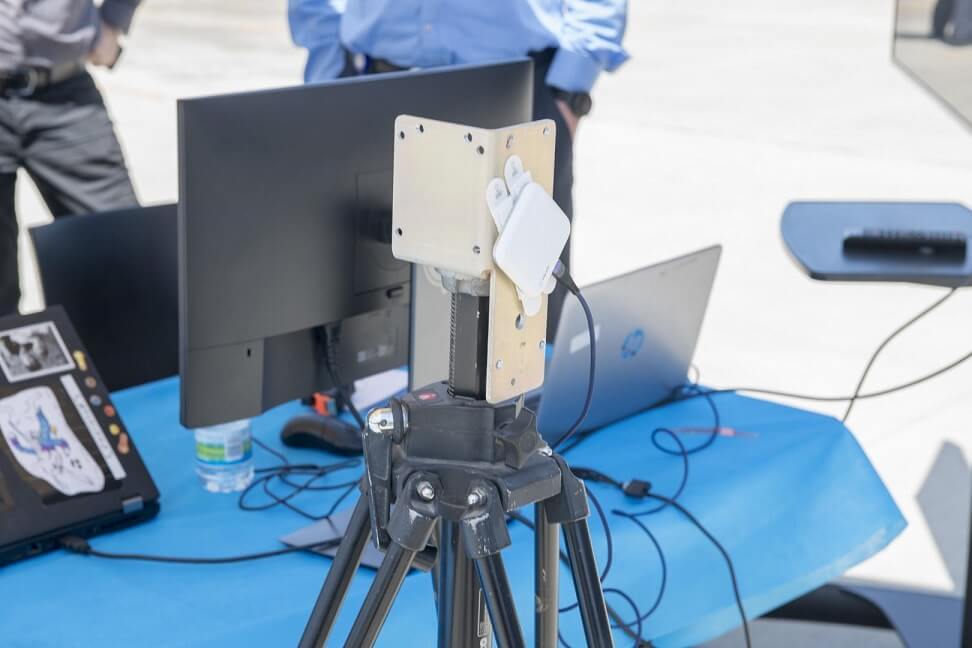
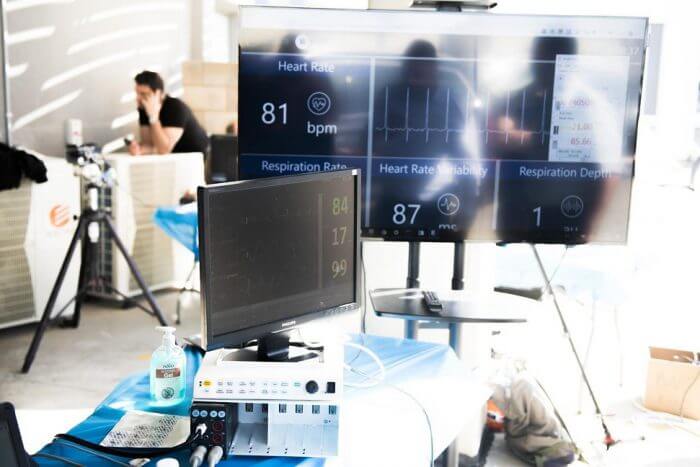
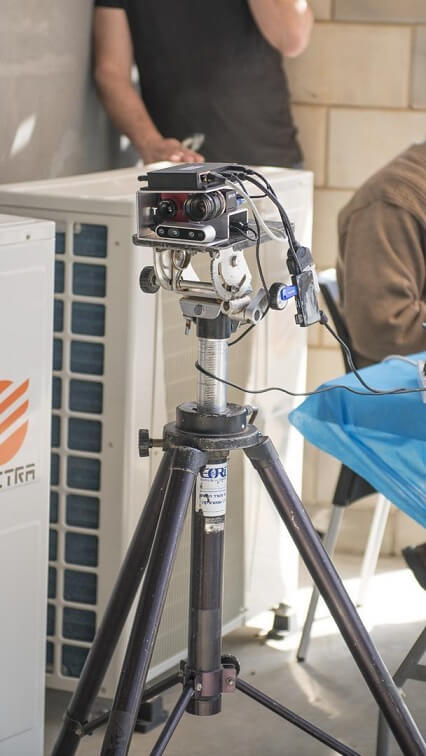
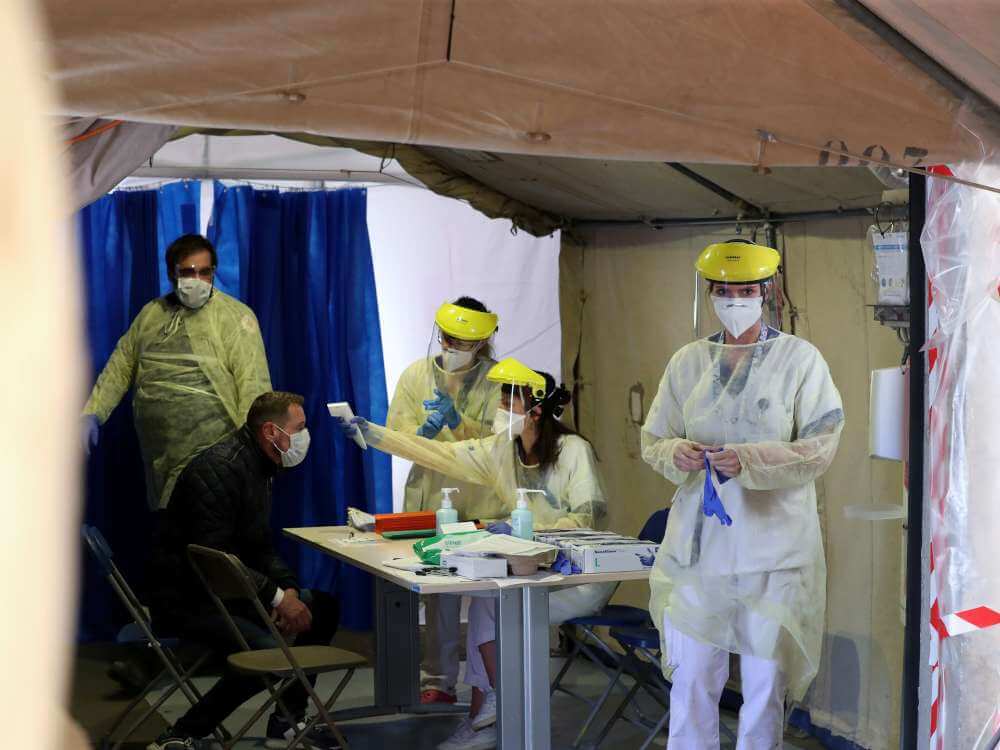
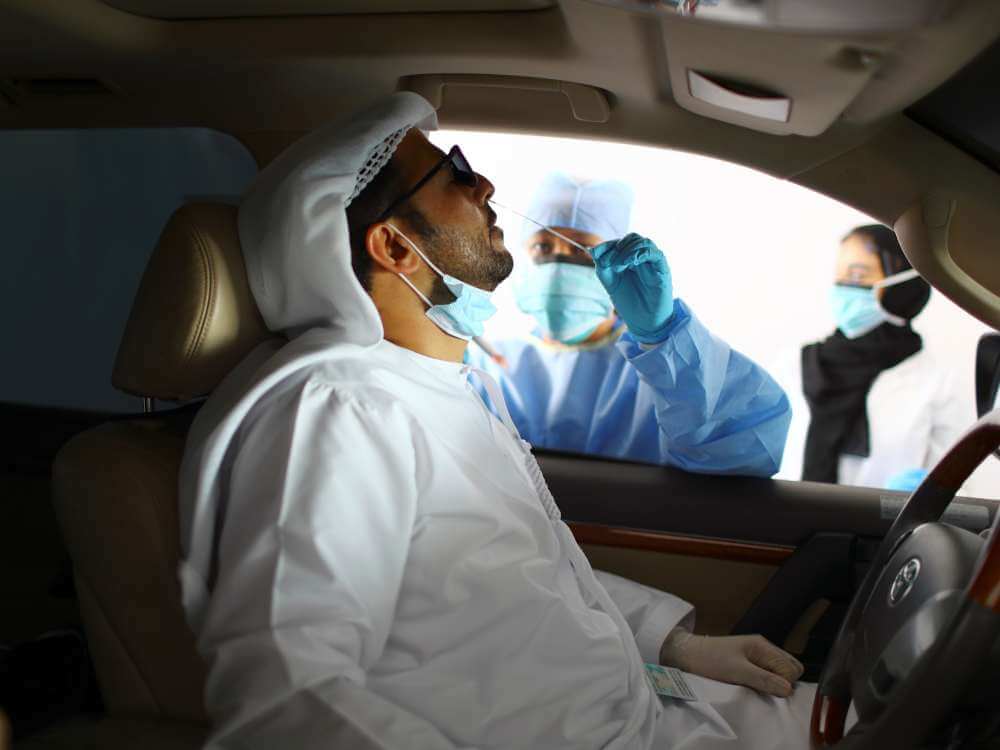 A staff member wearing a protective face mask and gloves takes a swab from a man at a drive-thru coronavirus screening centre in Abu Dhabi on March 30.
A staff member wearing a protective face mask and gloves takes a swab from a man at a drive-thru coronavirus screening centre in Abu Dhabi on March 30.
 The Technion
The Technion Medical personnel at the coronavirus ward being prepared at the Chaim Sheba Medical Center at Tel Hashomer, in central Israel
Medical personnel at the coronavirus ward being prepared at the Chaim Sheba Medical Center at Tel Hashomer, in central Israel